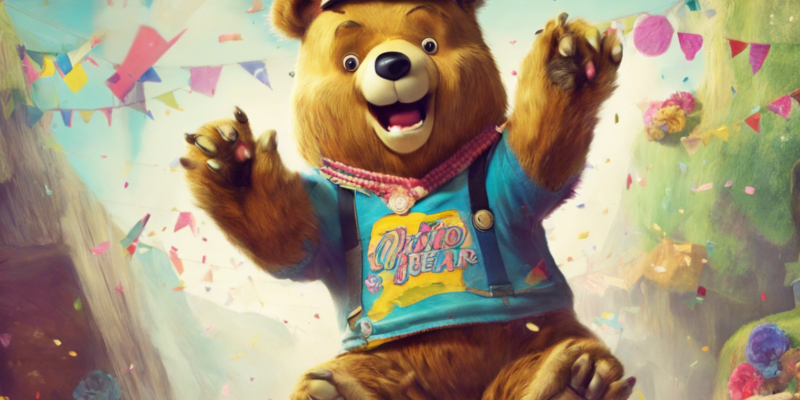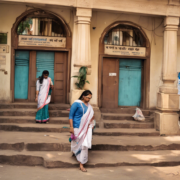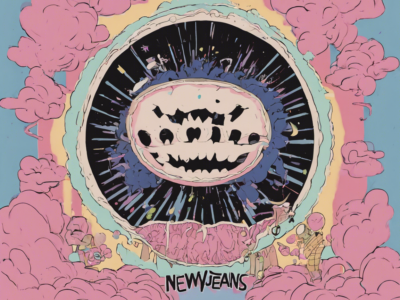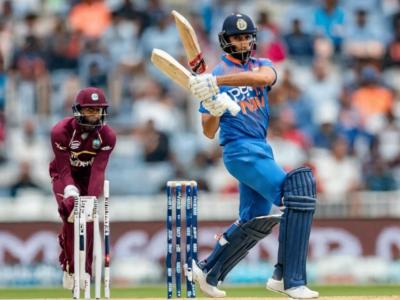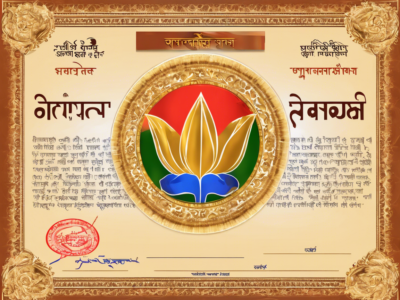Are you a fan of wildlife photography? Do you find bear images fascinating and captivating? If so, you’re not alone! Bear photography is a popular genre that offers enthusiasts the opportunity to capture these majestic creatures in their natural habitats. In this article, we’ll delve into the world of loco bear photos and explore what makes them so appealing to both photographers and nature lovers.
The Appeal of Loco Bear Photos:
Bears are iconic symbols of the wild, known for their strength, agility, and sometimes elusive nature. Capturing photos of bears in their natural environment can be both thrilling and challenging. From the towering grizzly to the playful black bear, each species offers a unique subject for photographers to focus on.
Tips for Capturing Stunning Loco Bear Photos:
-
Research: Before heading out to photograph bears, it’s essential to research their behavior, habitats, and movement patterns. This knowledge will help you anticipate where and when to find them.
-
Respect: When photographing bears, always maintain a safe distance and respect their space. Avoid any actions that could disturb or provoke the animals.
-
Patience: Wildlife photography requires patience. Be prepared to spend long hours observing and waiting for the perfect shot.
-
Lighting: Pay attention to the lighting conditions. Early morning and late afternoon often offer the best light for capturing stunning bear photos.
-
Composition: Experiment with different angles and compositions to create visually appealing images. Focus on capturing the bear’s behavior and surroundings to tell a story through your photos.
Must-Have Gear for Loco Bear Photography:
- Telephoto Lens: A telephoto lens will allow you to capture close-up shots of bears from a safe distance.
- Tripod: A sturdy tripod is essential for keeping your camera stable, especially in low light conditions.
- Bean Bag: A bean bag can be used as a makeshift support for your camera when shooting from a vehicle or low angle.
- Camouflage Clothing: Blend in with your surroundings to avoid startling the bears.
- Bear Spray: Always prioritize safety when photographing bears in the wild.
Editing Tips for Enhancing Loco Bear Photos:
- Adjust Exposure: Fine-tune the exposure to ensure your bear photos are well-lit and correctly exposed.
- Crop Carefully: Consider cropping your images to improve composition and focus on the subject.
- Enhance Details: Use sharpening tools to bring out the textures and details in the bear’s fur and surroundings.
- Adjust White Balance: Ensure the colors in your photos are accurate by adjusting the white balance settings.
- Remove Distractions: Clean up your images by removing any distracting elements that take away from the bear as the focal point.
Frequently Asked Questions (FAQs) About Loco Bear Photography:
-
Q: Is it safe to photograph bears in the wild?
A: It’s important to prioritize safety when photographing bears. Always maintain a safe distance and avoid any actions that could disturb the animals. -
Q: What is the best time of day to photograph bears?
A: Early morning and late afternoon offer the best lighting conditions for capturing stunning bear photos. -
Q: What camera gear is essential for bear photography?
A: Essential gear includes a telephoto lens, tripod, bean bag for support, camouflage clothing, and bear spray for safety. -
Q: How can I improve my bear photography composition?
A: Experiment with different angles, compositions, and focal points to create visually appealing images that tell a story. -
Q: Are there any photography ethics I should follow when photographing bears?
A: Always prioritize the well-being of the animals. Respect their space, behaviors, and habitats to capture ethical and respectful bear photos.
In conclusion, loco bear photography offers a unique and rewarding opportunity to capture these magnificent creatures in their natural habitats. By following the tips and techniques outlined in this article, you can enhance your bear photography skills and create stunning images that showcase the beauty and power of bears in the wild.

